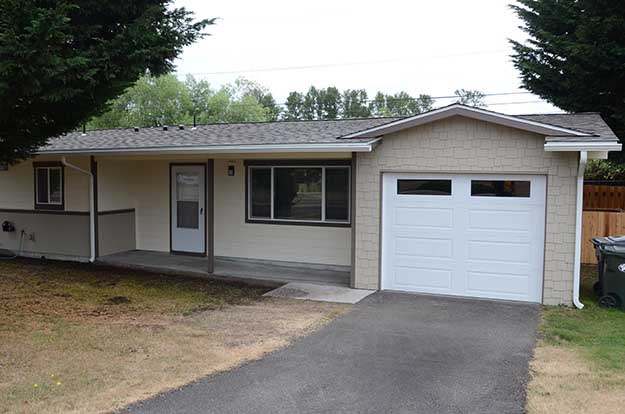Congresswoman Marilyn Strickland (WA-10) representing the South Sound asked the Department of Defense last week to add more homes on Joint Base Lewis-McChord, citing low housing supply and skyrocketing costs as the reasons.
With more than 45,000 service members and civilian workers at JBLM, it is the fourth largest military installation in the nation.
"As new missions continue to be assigned to JBLM, now is the time to take the opportunity to do a complete reassessment of its urban core, its planning of neighborhoods, and overall land use," Strickland wrote in an April 15 letter to Mr. Paul Farnan, Principal Deputy Assistant Secretary of the Army and Lt. Gen. Douglas Gabrum, Commander, Installation Management Command.
"With these new missions come new service members, their families, and equipment. As JBLM continues to grow, so too does the surrounding region, creating several challenges for the base," continued the member of the House Armed Services Committee.
Two of those new missions have resulted in JBLM being the first home for the Multidomain Task Force (MDTF) and the Army's new prototype hypersonic ground equipment.
Strickland added that this growth has resulted in increasing encroachment and created a need for housing on JBLM.
In a survey conducted in 2020 by the South Sound Military Community Partnership, it estimates that 113,000 new housing units will need to be constructed in the area by 2040 to keep pace with the population growth. The survey did not, however, indicate how much of that construction needed to be done at JBLM.
While Strickland acknowledges that the base must balance its training missions, existing housing shortage and ongoing municipal encroachment that prevent the base from acquiring more land, she wants the DoD to address the housing shortage by adding more on base housing.
"It is incumbent on the Department to help address this crisis by building more housing on JBLM," she added.
To do this, Strickland posed the following questions to Farnan and Gabrum:
- Given the limited amount of land available for developing new housing, how does the Department determine acceptable housing density?
- How does the Department coordinate with privatized military housing providers to establish criteria for housing density?
- How does the installation communicate the benefits of housing density to service members and their families?
- How do you ensure that unaccompanied housing has access to similar amenities and services, such as entertainment, transportation and food, as accompanied housing?
- How does the Department determine where to build new facilities, housing, and commercial places?
- How does the Department use the best practices from urban planning to help develop vibrant communities within military bases?
- Has the Department consulted with experts in urban planning and land use on maximizing available space on military installations with limited opportunity for growth?
"If the Department requires authorization or additional resources to conduct such a study, leadership must send a legislative proposal to the Committee on Armed Services," concluded Strickland.
"This is an important matter ... to the service members and families who call JBLM home."





Read Comments